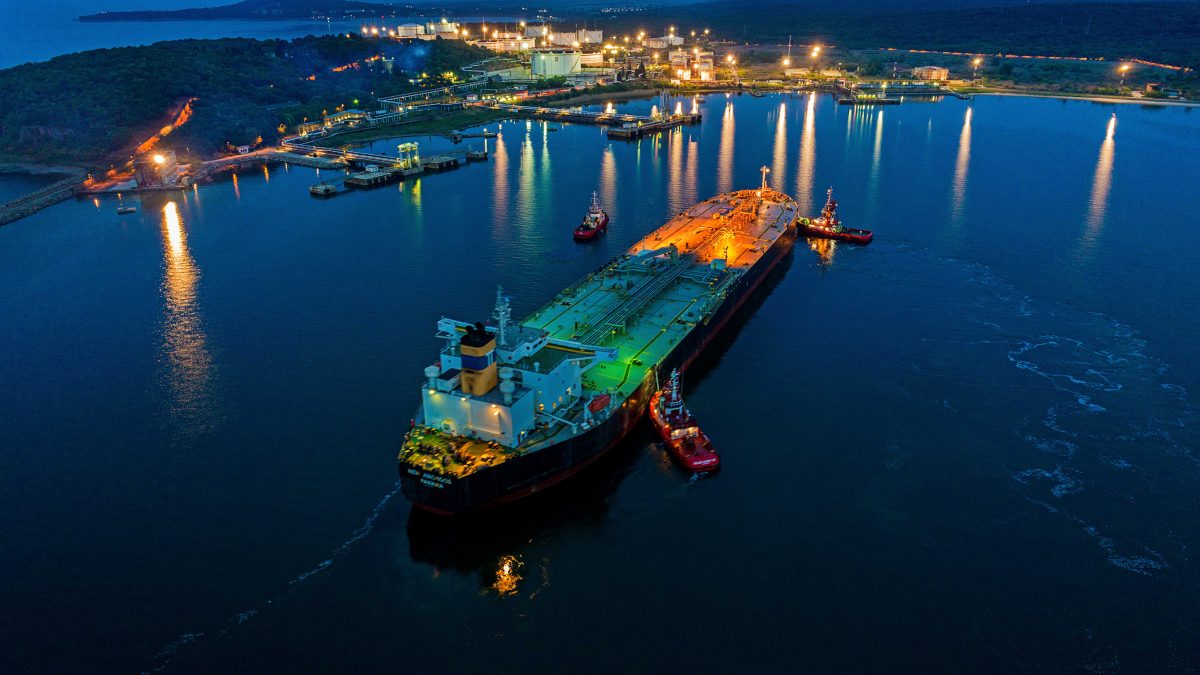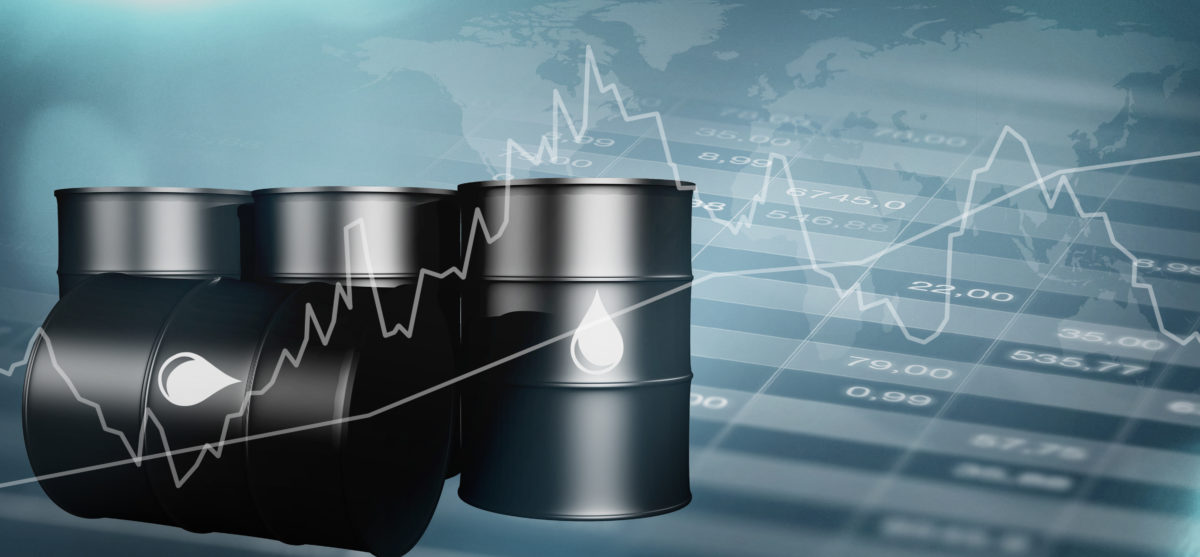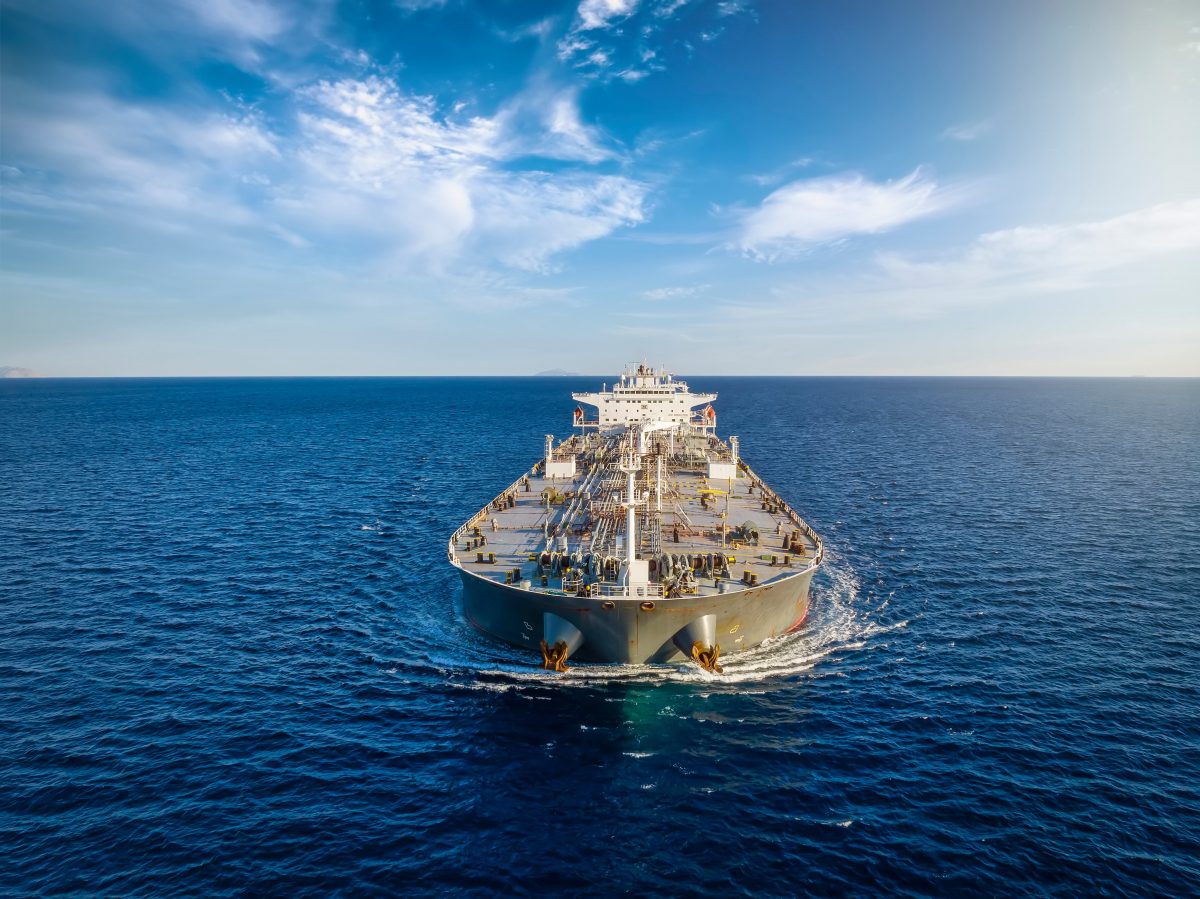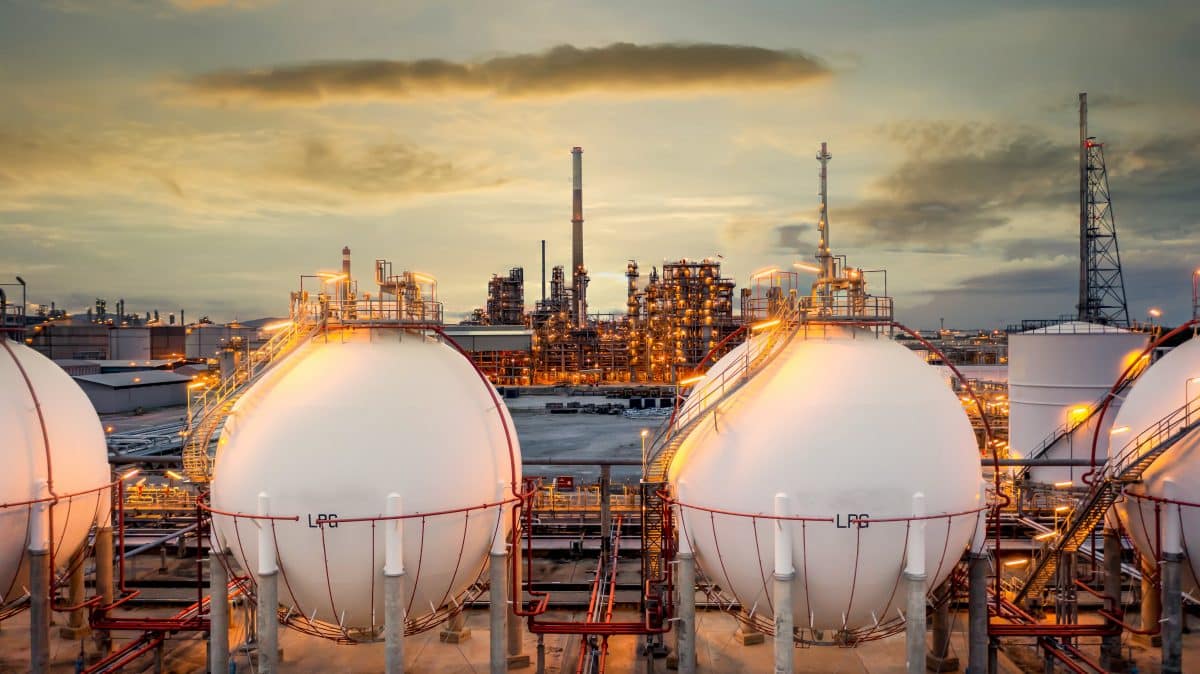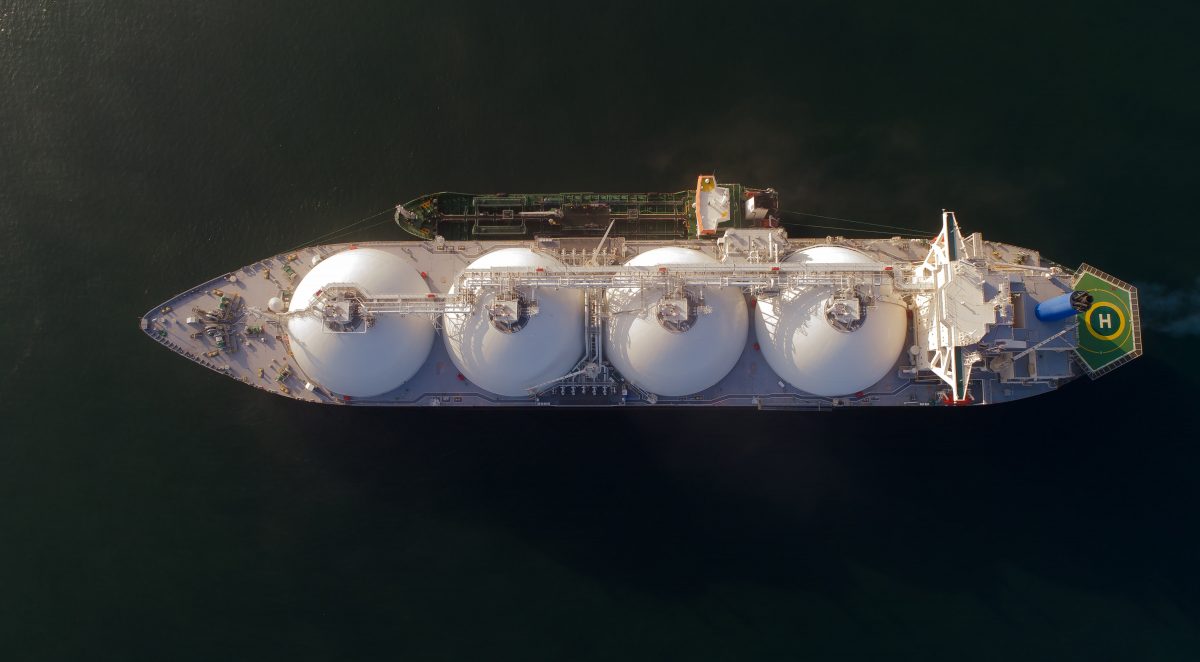On December 5, 2022, the G7, European Union, Canada, Japan and Australia began implementing a $60 price cap on Russia’s seaborne crude oil exports (see EDM, December 5, 2022), which China and India quickly capitalized on.
Additional ceilings on petroleum products are expected later this year and are anticipated to have a far greater impact (Economic Times, January 17). In retaliation, Russian President Vladimir Putin announced that countries abiding by the price cap and other sanctions will be banned from receiving Russian energy (Economic Times, December 28, 2022).
It is believed that this approach will help stabilize elements of global markets, primarily benefiting low- and middle-income countries, so long as Russia remains incentivized to keep producing (Orfamerica.org, December 14, 2022; Economic Times, December 25, 2022, January 10, 2023; Asiafinancial.com, January 16). The price cap will also minimally affect parties to the policy, as most already limited Russian energy imports last spring. However, as most shipping insurers and other vital elements of the industry are incorporated in the “Price Cap Coalition,” the majority of the world’s cargo companies will be subject to it. Notably, Russia may struggle to export from freeze-prone ports due to a reliance on foreign ice-class tankers—though China is bypassing this via the few ice-tankers Beijing and Moscow own (Ec.europa.eu, December 3, 2022; Alarabiya News, January 13).
Despite these sanctions, Russia claims an increase in oil production by 2 percent to 535 million metric tonnes, with exports growing by 7 percent. Similarly, in 2022, liquefied natural gas (LNG) production increased by 8 percent to 46 billion cubic meters, while gasoline and diesel production rose by 4.3 percent and 6 percent, respectively. Together, the oil and gas industries boosted “Russian budget revenues … in 2022 by 28 percent,” or $36.7 billion (Sputnik, January 16). Via LNG taxes alone, the Kremlin may increase revenue by $3.5 billion in 2023 (High North News, January 2).
Whether these figures are to be believed, it is clear that Moscow mitigated restrictions on its energy industries, partially by granting favorable prices to China and India (Economic Times, December 25, 2022; High North News, January 16). Illustrating this shift, for the first half of 2022, most of Russia’s Arctic oil exports went to Northern Europe; by the second half of the year, only about one-third were destined for the region; and by November, shipments had almost completely pivoted to Asia (High North News, January 16).
According to a survey of experts, a median estimate of China’s oil consumption in 2023 is a record 16 million barrels a day (Xinhua, January 13). Russian energy products are an essential element of this supply, surpassing Saudi Arabia as Beijing’s primary source of oil in 2022 and supplying about 4.5 percent of its gas needs (22.22 percent of imports). China’s current Arctic crude figures are difficult to find, but clearly, Moscow’s discounted prices ensure Beijing can cheaply meet its needs in the short term while encouraging long-term projects (e.g., Power of Siberia Two pipeline and the Northern Sea Route) (English.www.gov.cn, February 24, 2022; Iea.org, accessed October 26, 2022; The Barents Observer, December 8, 2022; Anadolu Agency, December 13, 2022).
These arrangements increase China’s leverage over Moscow, instead of making it dependent. For instance, Beijing is increasingly bypassing Russia’s land trade routes, and 56 percent of Chinese energy needs come from coal (importing less than 10 percent). Furthermore, China can source fuel from other countries as it pursues energy self-sufficiency and increased Arctic influence.
For the United States and its partners, India’s case is perhaps more concerning. From April through December 2022, Russia exported about 64,000 barrels per day (b/d) of Arco and Novy Port grade Arctic crude to India (Economic Times, January 5; Argusmedia.com, January 6; Gazprom Neft, January 10, 2017). By October, India’s largest crude source was Russia (22 percent) (Xinhua, November 6, 2022). By November, Russian exports to India were a record 6.67 million barrels of Arco, Novy Port and Varandey crude, with another 4.1 million barrels sent in December, when the latter grade was imported by India for the first time (Economic Times, January 5).
All told, from June through December 2022, Russia’s crude exports to India remained above 1 million b/d, achieving an “all-time high of 1.19 million b/d in December” (Argusmedia.com, January 6). Deliveries of the Varandey blend were set to double in January 2023, which would represent a new record, though official statistics on this were not available at the time of writing.
India’s consumption of Russian fuel is clearly driven by immediate interests, but what about longer-term interests? The country will almost certainly continue its purchases from Russia while expanding Arctic cooperation with Moscow, unless something alters its calculus. Notably, in 2022, New Delhi released its official Arctic and Antarctic policies (Moes.gov.in, May, August 6, 2022). Both are concerned with research, environmental protection and the rule of law, but the Arctic strategy is distinguished by its discussion of raw materials, trade, development and security. Although not explicitly mentioned in the Arctic and Antarctic strategies, Russia is to be a primary partner in achieving these goals, again with a heavy focus on energy and trade (Economic Times, December 17, 2022).
Between China’s desire to be the primary force in the Arctic—at least in Eurasia—and its bellicose rivalry with New Delhi, India’s presence in the Arctic may be yet another point of friction (see China Brief, November 18). However, Moscow, Beijing and New Delhi share similar cultural, political and economic interests that could encourage polar cooperation (Gjia.georgetown.edu, September 16, 2022; for counterarguments, see China Brief, October 19, 2022).
Since US President Joe Biden took office, political considerations have left the US without an ambassador to India, undermining the relationship (The Japan Times, January 11; The Print, January 17). The first step toward ending India’s reliance on Russia and potential enmeshment with China is remedying this vacancy. Additionally, key strategic developing nations should receive assistance to make the most of the energy prices while mitigating Putin’s threats. Finally, countries, including the US, are still importing Russian petroleum products via India and China (Times of India, January 15). It could be that identifying the source here is difficult, or perhaps it is considered acceptable because it keeps Russian prices and profits low. In either case, this merits closer examination.
OilPrice.com by Jamestown Foundation, February 28, 2023

